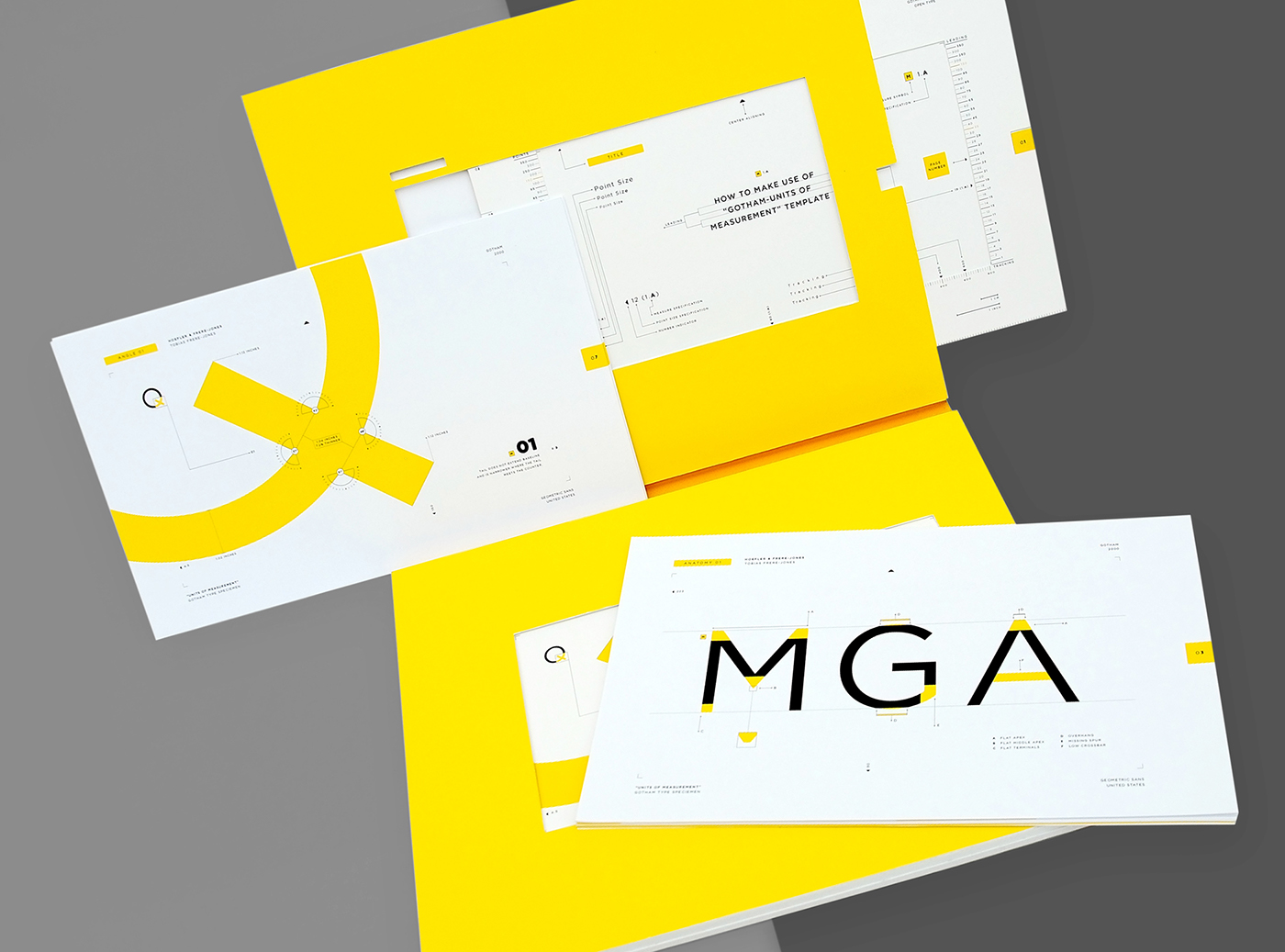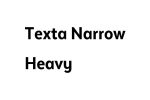

It all began in 1968, when Swiss type designer Adrian Frutiger was asked to design a typeface for signage at Paris’s Charles de Gaulle airport. That knack for type design ran in the family his father, Linn Boyd Benton, created the Century typeface in the late 1800s. Bodoni can most famously be seen in the Columbia Records wordmark logo, and in modified forms in Nirvana’s logo (which uses a variant called Onyx) and the masthead of Vogue.īodoni isn't the only famous typeface Benton designed: He also created News Gothic, which is memorably used at the beginning of the Star Wars: A New Hope. The design was recut in 1907 by American Type Founders’ Morris Fuller Benton, and it's this version which is still in use today. The serif Bodoni typeface, which is based on the typographer's original 18th-century designs, features strong contrast between the thick and thin strokes of the letters. Over the course of his career, Bodoni developed numerous typefaces and published a number of books detailing his meticulous designs.

Typographer Giabattista Bodoni (1740–1813) had a killer resume: He was employed by a number of Italian dukes and was the court typographer for Charles III of Spain. One typographer griped that the use of Helvetica in Titanic (for the dials on the pressure gauge) was “like taking out a Palm Pilot on the deck of the Titanic.” 3. Confidential have also made use of the typeface, despite taking place in 1912 and the 1950s, respectively. More controversially, movies like Titanic and L.A. Today, Helvetica is one of the most popular typefaces in the world and is used for all the lettering on the New York subway signage since 1989, the American Apparel logo, and many U.S.

Three years later, the typeface was renamed Helvetica, after the Latin word for Swiss, to make it more internationally marketable. The result, Haas-Grotesk, was released in 1957 it immediately became popular thanks to its sleek, neutral design. In 1956, Eduard Hoffmann, manager of the Hass Type Foundry, commissioned Swiss typesetter Max Miedinger to design a new sans-serif typeface based on Akzidenz-Grotesk. Akzidenz-Grotesk is most often used in advertising and logos, and can be seen as the typeface used for the American Red Cross, in Arizona State University's branding, and in the Brooklyn Nets wordmark logo. It got a facelift in 1950s and '60s thanks to designer Günther Gerhard Lange, whose work made Akzidenz-Grotesk into a more useable family of typefaces. Released in 1898, it was designed by the Berthold Type Foundry and was based on another early sans-serif typeface, Royal Grotesk Light. AKZIDENZ-GROTESKĪkzidenz-Grotesk is one of the the most influential of the early sans-serif typefaces. Serif typefaces have small flourishes or lines at the tops and bottoms of each letter and are most commonly used in books, mastheads, and headlines, while sans-serif typefaces lack those flourishes and are most commonly used for logos, signage, and online. A typeface is the letters, numbers, and symbols that make up a design of type, while a font is one particular weight and style of a typeface-Garamond is the typeface, Garamond 12 italic is the font. But many of them have histories richer than their designs convey, including the ten below.īefore we start, some terms you should know. Typefaces are everywhere-in books, advertisements, signage, magazines, and logos-yet we rarely pay them any heed.


 0 kommentar(er)
0 kommentar(er)
